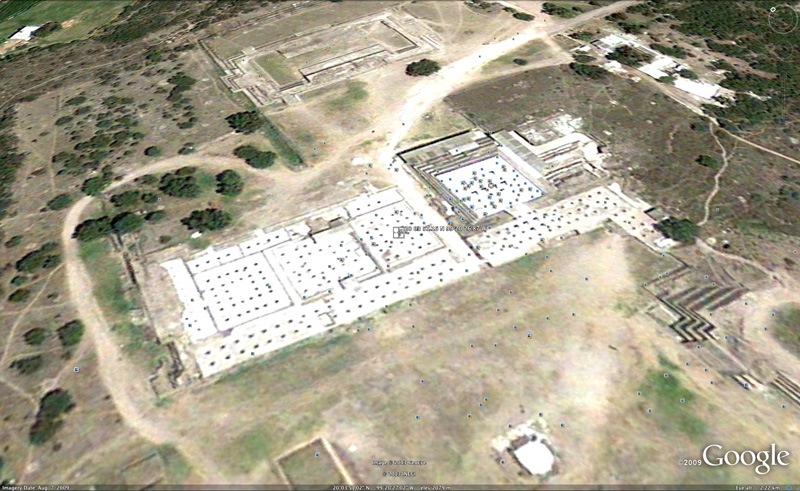|
TULA DE HIDALGO 130214
Tula, formally, Tula de Allende, is a town and one of the 84 municipalities of Hidalgo, in central-eastern Mexico. The municipality covers an area of 305.8 km2 (118.07 sq mi), and as of 2005, the municipality had a total population of 93,296, with 28,432 in the town. The municipality includes numerous smaller outlying towns, the largest of which are El Llano, San Marcos, and San Miguel Vindho. It comprised one of the 56 defined Zona Metropolitana (ZM), of which Tula has 5 municipios, 184,691 people in 2005 Census, up from 169,901 in 2000 Census covering 592 square kilometers. It is located some 100 km to the north-northwest of Mexico City. It covers part of the southeastern portion of the Pre-Columbian city. Nearby are the remains of the ancient capital city of the Toltecs, also known as "Tula" or as "Tollan". Usually identified as the Toltec capital around 980 CE, the city was destroyed at some time between 1168 and 1179. Tula became the capital city following Teotihuacan, although it never reached the same size due to competing cities in the area. The site is at and around the junction of two rivers, the Río Rosas and the Río Tula. The two largest clusters of grand ceremonial architecture are nicknamed "Tula Grande" (the most visited by tourists) and "Tula Chico". Remains of other buildings extend for some distance in all directions.
In the residential areas, streets were laid out in a grid pattern. The core of Tula was a precinct containing pyramids, ball courts, and vast colonnaded halls. Toltec architecture is distinctive, featuring details that indicate Toltec influence because they turn up elsewhere at sites as distant as the Yucatán peninsula and the US Southwest. The city was the largest in central Mexico in the 9th and 10th centuries, covering an area of some 12 km2 with a population of at least some 30,000, possibly significantly more. While it might have been the largest city in Mesoamerica at the time, some Maya sites in the Yucatán may have rivaled its population during this period.
Its inhabitants lived in nuclear family houses as well as larger compounds, a pattern that suggests weaker government but stronger nongovernmental organizations. Distinctive Toltec features here include terraced pyramids, colonnaded buildings, and relief sculptures such as Atlantean figures, including the characteristic chacmools, reclining figures that may have been Avatars of the rain god, Tlaloc. These chacmools held plates on their stomachs, which can be seen as an offering to the gods. The colonnades of Tula supported roofs of wood and adobe that covered airy halls. There are two large courts for playing the Mesoamerican ballgame. Some of the architecture is similar to that at Chichen Itza.
The site was extensively looted by Aztec times, with juch of the earthwork and sculpture carted off. Human figures known as "atlantids" served as main pillars in the temple that stood atop of the main pyramid. The entrance was flanked by pillars sculpted in the form of the feathered serpent god Quetzalcoalt. The serpent pillars are now missing.
The first scholarly description of the ruins was made by Antonio García Cubas of the Mexican Society of Geography and History in 1873. The first archaeological excavations were conducted in the 1880s by French antiquarian Désiré Charnay. A twenty year archaeological project under Jorge Acosta of Mexico's National Institute of Anthropology and History (INAH) began in 1940. In the 1970s further excavations and restorations of some structures were conducted by INAH and the University of Missouri.
Coordinates: 20 03 51.16 N 99 20 26.87 W

|